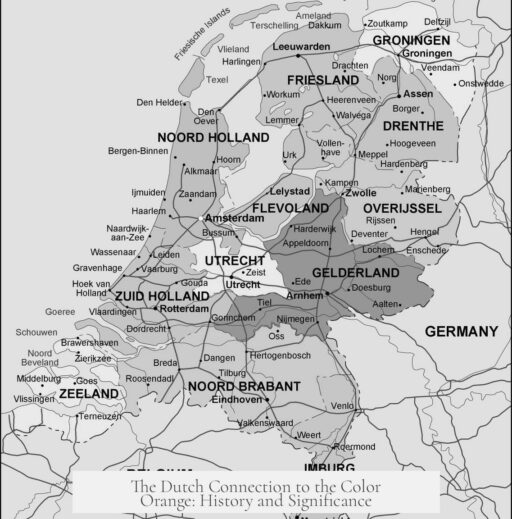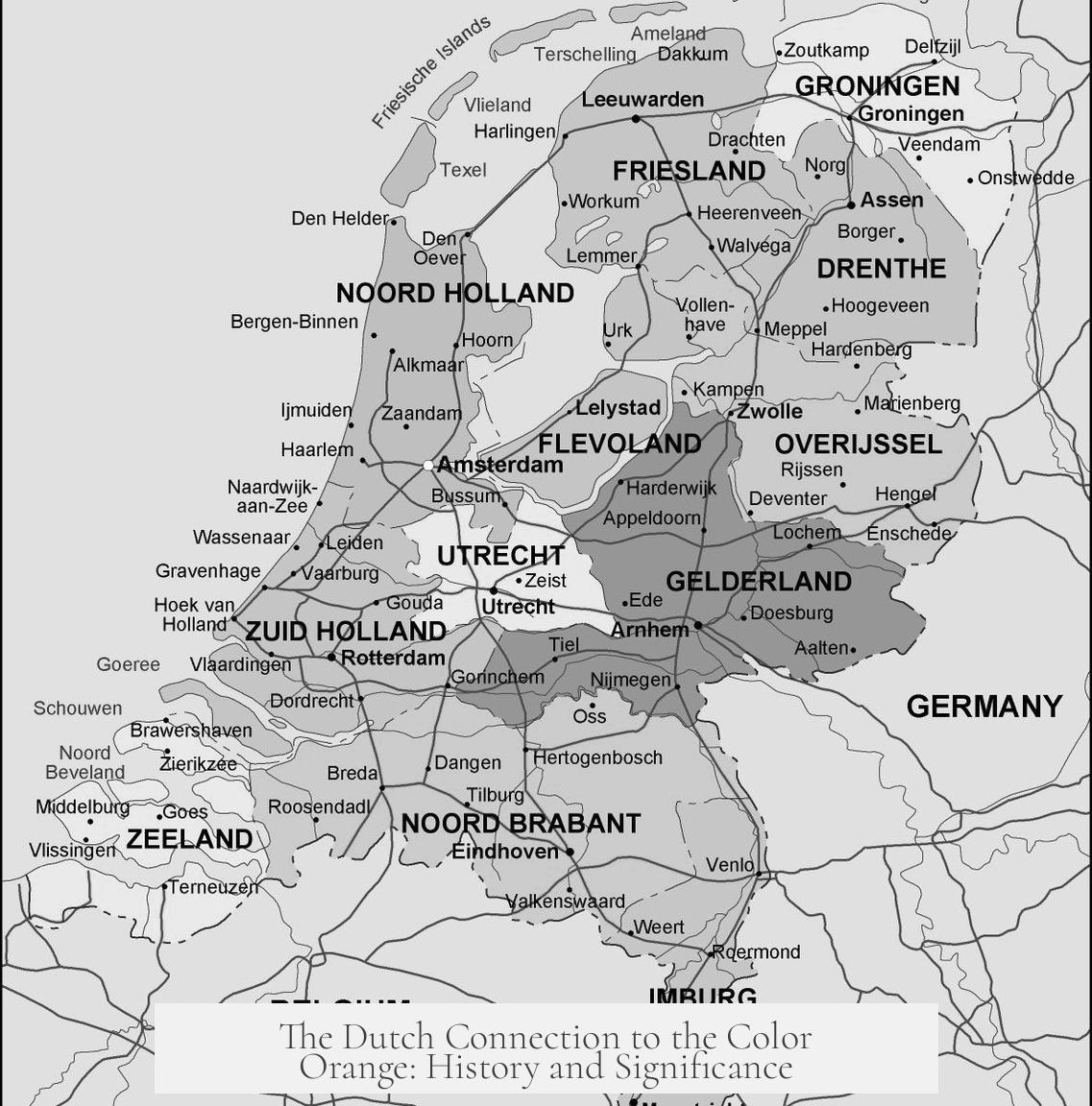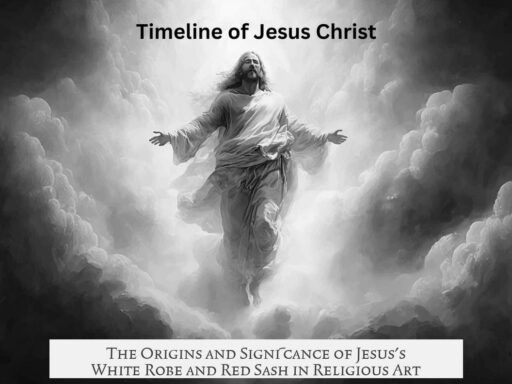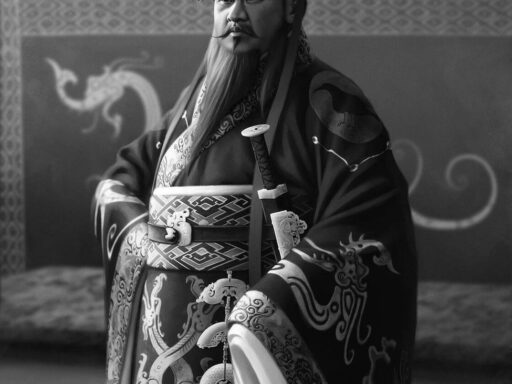The Dutch affinity with the color orange stems from historical ties to the House of Orange-Nassau, particularly through William of Orange’s leadership in securing Dutch independence. This royal connection established orange as a symbol of national pride and unity.
William of Orange, also known as William the Silent, led the Dutch revolt against Spanish rule in the 16th century. His leadership played a pivotal role in the Netherlands’ struggle for independence. William’s noble family, the House of Orange-Nassau, used orange in their coat of arms. This color became deeply intertwined with Dutch identity as a result.
The flag of the Dutch Republic originally included orange, inspired by William of Orange’s heraldic colors. Although the modern Dutch flag replaces orange with red, the national color remains orange due to its royal association. The House of Orange-Nassau served as Stadtholders during the 17th century and remains the royal family since the monarchy started in 1815.
This sustained royal link solidifies orange as a symbol of Dutch heritage and monarchy. The color’s importance extends into Dutch culture and symbolism. For example, the Dutch national anthem, Het Wilhelmus, is about William of Orange, highlighting his foundational role.
The presence of orange in national celebrations is visible in sports, festivals, and public events, where people wear orange clothing and accessories to express national pride. This custom honors the historical and symbolic significance of the color tied to the nation’s independence and royal heritage.
| Aspect | Explanation |
|---|---|
| William of Orange | Led Dutch fight for independence from Spain |
| House of Orange-Nassau | Royal family using orange in heraldry |
| National flag | Originally included orange, now red; color orange remains symbolically important |
| National anthem | References William of Orange, reinforcing symbolism |
| Cultural use | Orange worn during celebrations and sports events |
- Orange symbolizes Dutch independence led by William of Orange.
- The royal House of Orange-Nassau maintains the color’s significance.
- National anthem and cultural events celebrate this heritage.
- Orange is a unique national identifier, despite not appearing on the current flag.
Why Do the Dutch (Netherlands) Have Such an Affinity with the Color Orange?
Ever wondered why the Netherlands waves orange flags, wears orange jerseys, and even paints faces orange during celebrations? The Dutch affection for the color orange isn’t just about fashion or bright colors at parties. It runs deep—historically and culturally—and ties directly to their national identity and pride. Let’s break down this vibrant mystery.
First up, the color orange’s significance springs from one key historical figure: William of Orange. Known as William the Silent, though ironically not so silent on rebellion, he led the Dutch revolt against Spanish rule in the late 16th century. This revolt was no small skirmish; it was the spark that secured Dutch independence and laid the foundation for the Netherlands as a modern nation.
William’s leadership was pivotal. Imagine a charismatic leader rallying people under a banner—not just any banner, but one emblazoned with the color orange. This wasn’t a random choice. The House of Orange-Nassau used orange prominently in their coat of arms as a symbol of their noble lineage. When William took this symbol to war and governance, orange naturally became synonymous with Dutch pride and freedom.
So, it’s not surprising the Dutch Republic’s flag initially drew its colors from William’s coat of arms, incorporating orange. However, the modern flag swapped orange for red. Still, orange didn’t fade into obscurity. It remained strongly associated with the royal family since the Princes of Orange served as stadtholders and later became the monarchy of the Netherlands in 1815.
Now, here’s a fun twist: the official Dutch flag is red, white, and blue, but orange is the unofficial star player of Dutch pride. When the national soccer team races onto the field wearing bright orange kits, fans flood the streets dressed head-to-toe in the same shade. Ever heard of “Oranjegekte” (Orange Madness)? It’s a cultural phenomenon where orange rules every national festivity.
The orange obsession goes beyond the color’s royal roots. If you listen closely to the Dutch national anthem, Het Wilhelmus, you’ll find it’s actually about William of Orange himself. This anthem reinforces the deep connection between the Dutch identity and the heritage of the House of Orange. Singing it is like a historical shout-out to their freedom-fighting ancestor.
But let’s step back for a moment. Why does a color tied to a royal family remain so beloved by a modern, democratic nation that values openness and diversity? The answer is simple: orange represents unity. Throughout Dutch history, the House of Orange symbolized resistance, leadership, and the collective spirit of the people. Wearing orange today isn’t about monarchy alone—it’s about belonging.
Take King’s Day, for example. The entire country turns orange—from hats to paint to decorations. It’s the largest national celebration, honoring the birthday of the royal King Willem-Alexander. Everyone joins in, showing off their orange outfits in a joyful, almost infectious display of unity. Orange sparks a nationwide party that transcends politics and social divisions.
Here’s a practical tip if you’re visiting the Netherlands during King’s Day or any major sporting event: embrace the orange! Wearing this color instantly connects you to the locals. It’s like an unspoken “welcome” and a way to participate in their rich history and shared celebrations.
In a way, the Dutch affinity for orange is a living story. It connects the past with the present, the royal with the public, and the historical with the cultural. Orange has evolved from aristocratic heraldry into a vibrant symbol of national identity and community spirit.
So next time you see a sea of orange in the Netherlands, remember it’s more than just a color trend. It’s a bold statement of freedom, heritage, and togetherness inspired centuries ago by a silent leader who wasn’t so silent after all. And honestly, who wouldn’t want a reason to celebrate with bright, cheerful orange?
Why is the Dutch color orange connected to William of Orange?
William of Orange led the Dutch revolt against Spanish rule. His leadership helped the Netherlands gain independence. The House of Orange’s colors, including orange, became symbols of this struggle.
How did the House of Orange influence the Dutch national identity?
The House of Orange used orange in its coat of arms. Their role as leaders during the country’s formation made orange a symbol of Dutch heritage.
Why isn’t orange on the modern Dutch flag?
The original Dutch Republic flag included orange, taken from William of Orange’s shield. The current flag replaced orange with red, but orange remains the national color for Dutch unity and monarchy.
What is the royal family’s role in the color orange’s significance?
The House of Orange-Nassau has been the royal family since 1815. Their ongoing status ties orange closely to Dutch royalty and national identity.
Does the Dutch anthem mention the color orange or its origin?
The anthem, Het Wilhelmus, is about William of Orange. It highlights his importance and the cultural connection to the color orange.




